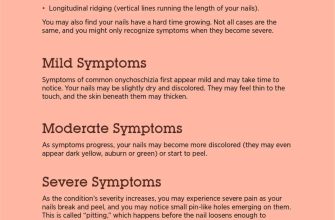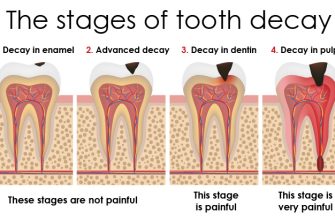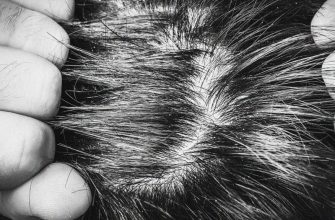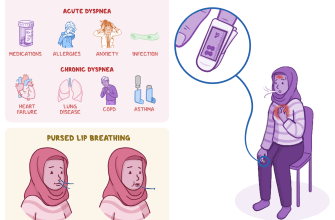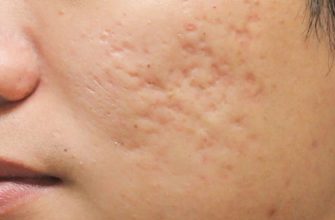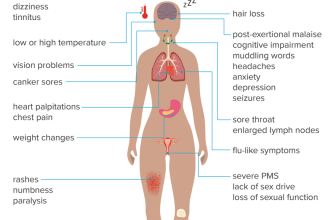Pes cavus, also known as high arches, is a foot condition characterized by an abnormally high arch. It is a foot deformity that can cause various symptoms and discomfort. Understanding the symptoms and treatment options for pes cavus is essential for individuals who may be experiencing this condition. In this article, we will explore the causes, symptoms, and available treatment options for pes cavus.
Causes of Pes Cavus
Pes cavus can be caused by a variety of factors, including:
- Neurological conditions: Certain neurological conditions such as Charcot-Marie-Tooth disease, cerebral palsy, and spinal cord tumors can contribute to the development of pes cavus.
- Muscle imbalances: Imbalances in the muscles of the foot can lead to the formation of high arches.
- Inherited traits: Pes cavus can also be inherited, meaning it runs in families.
Pes Cavus Symptoms
The symptoms of pes cavus can vary from person to person, but common signs include:
- Pain and discomfort: High arches can cause pain and discomfort in the feet, especially during physical activity or prolonged standing.
- Instability: Individuals with pes cavus may experience instability and difficulty maintaining balance.
- Foot deformity: The high arches associated with pes cavus can result in a visible foot deformity.
- Toe deformities: In some cases, pes cavus can lead to the development of toe deformities such as hammertoes or claw toes.
- Difficulty finding properly fitting shoes: The unique shape of the foot in pes cavus can make it challenging to find shoes that fit comfortably.
Pes Cavus Treatment Options
While pes cavus cannot be completely cured, there are several treatment options available to manage the symptoms and improve quality of life. The appropriate treatment will depend on the severity of the condition and the underlying cause. Some common treatment options include:
Orthotic Devices
Orthotic devices, such as custom-made shoe inserts or braces, can help provide support and stability to the foot. These devices are designed to distribute pressure evenly and reduce discomfort.
Physical Therapy
Physical therapy exercises can help strengthen the muscles in the foot and improve balance and stability. A physical therapist can create a personalized exercise program to address the specific needs of individuals with pes cavus.
Surgery
In severe cases of pes cavus, surgery may be necessary to correct the foot deformity and alleviate symptoms. Surgical procedures can involve tendon transfers, bone realignment, or joint fusions to improve foot function.
Footwear Modifications
Wearing appropriate footwear is crucial for individuals with pes cavus. Shoes with good arch support and cushioning can help reduce pain and provide better stability. In some cases, custom-made shoes may be necessary to accommodate the unique shape of the foot.
Bracing
In certain instances, bracing the foot and ankle can help provide additional support and stability. Ankle-foot orthoses (AFOs) are commonly used to assist with walking and prevent foot drop.
Pes Cavus Exercises
Engaging in specific exercises can help improve the strength and flexibility of the muscles in the foot. Some recommended exercises for pes cavus include:
- Toe curls: Sit on a chair and place a towel on the floor. Use your toes to scrunch up the towel towards you, then release.
- Arch lifts: Stand barefoot and slowly lift your arches as high as possible, then lower them back down.
- Ankle circles: Sit on a chair and lift one foot off the ground. Rotate your ankle in a circular motion, both clockwise and counterclockwise.
- Calf stretches: Stand facing a wall and place your hands on the wall for support. Step one foot back and keep it straight while bending the front knee. Lean forward to stretch the calf muscle.
It is important to consult with a healthcare professional or physical therapist before starting any exercise program to ensure it is safe and appropriate for your specific condition.
In conclusion, pes cavus is a foot condition characterized by high arches and can cause various symptoms and discomfort. While it cannot be cured, there are treatment options available to manage the symptoms and improve quality of life. Orthotic devices, physical therapy, surgery, footwear modifications, and exercises can all play a role in the management of pes cavus. If you suspect you may have pes cavus, it is recommended to consult with a healthcare professional for an accurate diagnosis and appropriate treatment plan.


